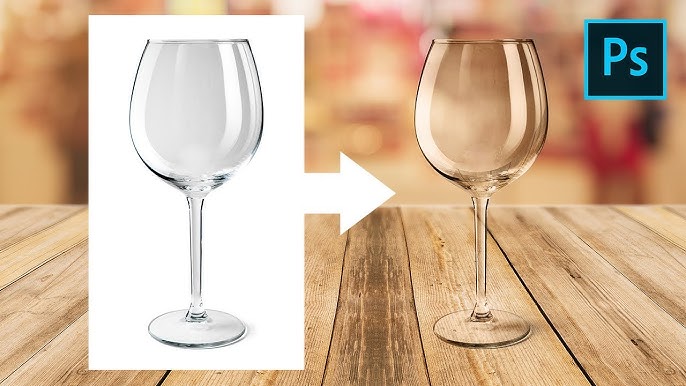Unveiling the Ultimate Technique: Mastering Glass Selection and Masking in Photoshop

Introduction:
In the intricate world of digital image editing, few challenges are as demanding and rewarding as selecting and masking transparent objects, particularly glass. Whether you’re dealing with glassware, windows, or other translucent elements, mastering the art of precise selection and masking is essential for creating seamless compositions. This comprehensive guide will delve deep into the nuances of selecting and masking glass in Photoshop, providing you with the best techniques and strategies to achieve flawless results.
Table of Contents:
- Understanding the Complexity of Glass Selection:
- a. The Unique Challenges of Transparent Objects
- b. The Importance of Precise Selection for Realism
- c. Exploring Diverse Applications of Glass Selection in Digital Art
- Choosing the Right Image for Glass Selection:
- a. Analyzing Image Quality and Transparency Levels
- b. Identifying Challenges in Reflections and Refractions
- c. Assessing Lighting and Perspective for Cohesive Integration
- Essential Preparations for Glass Selection in Photoshop:
- a. Organizing Layers for Non-Destructive Editing
- b. Familiarizing Yourself with Selection Tools and Panels
- c. Setting Up a Clear Workspace for Efficient Editing
- Basic Glass Selection Techniques:
- a. Utilizing Magic Wand and Quick Selection Tools
- b. Applying Layer Masks for Initial Isolation
- c. Refining Edges with the Brush Tool
- Advanced Glass Selection Methods:
- a. Embracing the Power of the Pen Tool
- b. Leveraging Channels for Precise Transparency Selections
- c. Exploring Select and Mask for Fine Detailing
- Simulating Realistic Transparency:
- a. Adjusting Opacity for a Natural Look
- b. Creating Shadows and Highlights to Mimic Refraction
- c. Integrating Ambient Light and Reflections for Cohesion
- Handling Reflections and Refractions:
- a. Addressing Challenges in Reflective Surfaces
- b. Emphasizing Refraction for a Convincing Effect
- c. Enhancing Realism with Lens Effects
- Blending Extracted Glass with New Backgrounds:
- a. Implementing Correct Lighting for Consistency
- b. Adjusting Depth of Field for Realistic Integration
- c. Refining Edges and Fine Details for Cohesive Results
- Troubleshooting Common Challenges:
- a. Dealing with Fine Details and Thin Structures
- b. Addressing Color Discrepancies and Halos
- c. Minimizing Unwanted Artifacts in Transparent Objects
- Saving and Exporting Images with Extracted Glass:
- a. Choosing the Right File Format for Different Platforms
- b. Optimizing Images for Web or Print
- c. Preserving Layers for Future Adjustments
- Inspirational Examples and Case Studies:
- a. Showcasing Before and After Glass Extractions
- b. Breakdowns of Notable Glass Selection Challenges
- c. Exploring Different Styles and Approaches in Transparent Object Compositions
Conclusion:
Mastering the art of selecting and masking glass in Photoshop is a nuanced skill that requires a combination of technical prowess, attention to detail, and a creative eye. From basic techniques to advanced methods, this comprehensive guide has equipped you with the knowledge and tools needed to achieve flawless results when dealing with transparent objects. As you embark on your journey of mastering this intricate skill, remember that patience, experimentation, and a deep understanding of Photoshop’s capabilities will guide you toward creating visually stunning compositions that showcase the beauty of transparent elements. So, dive into the world of glass selection and masking, and let your creativity shine through crystal-clear compositions.







